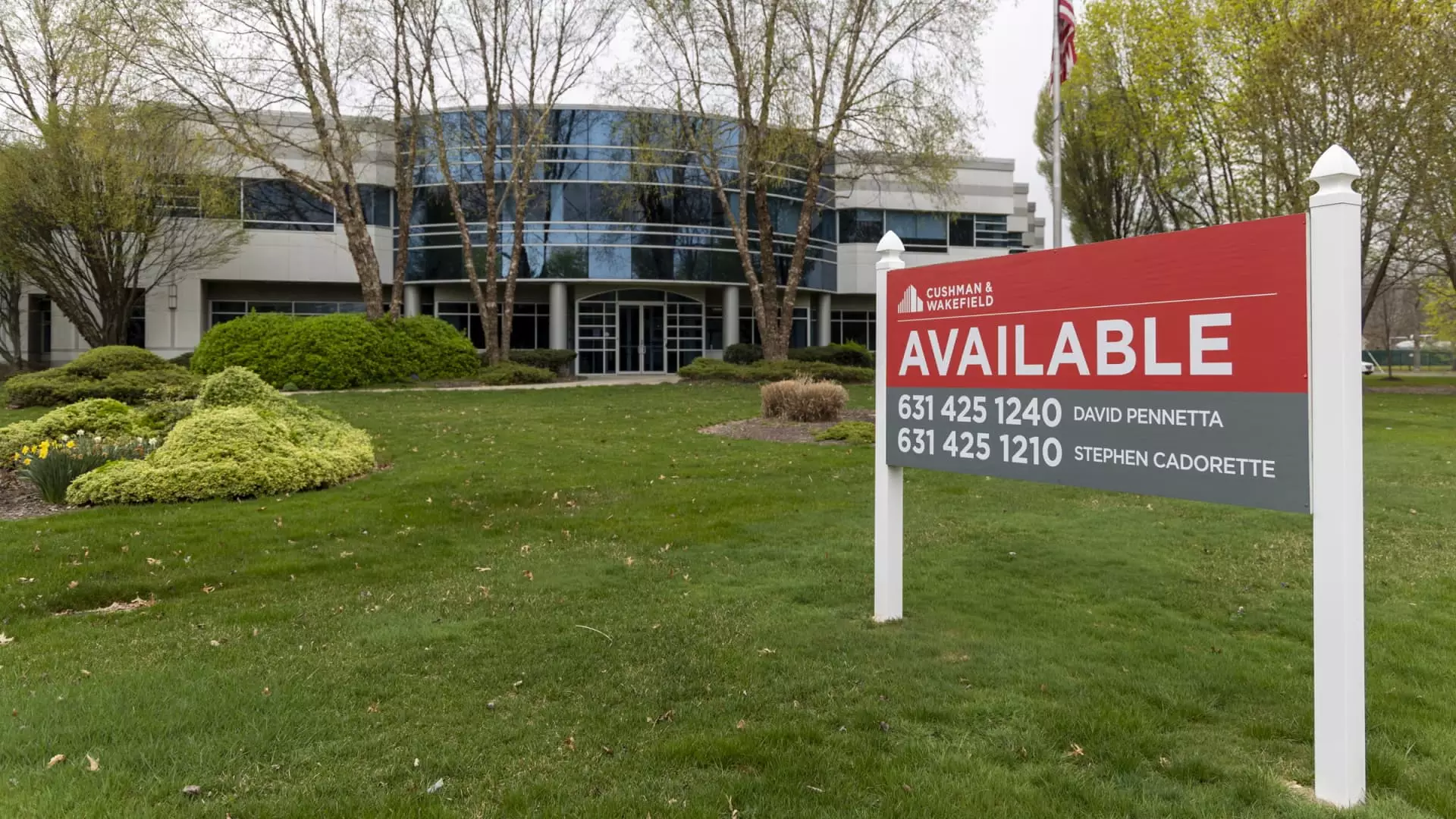As the commercial real estate (CRE) market continues to grapple with the repercussions of past economic turbulence, recent developments suggest a potential for resurgence. A pivotal shift began in September 2023 with the Federal Reserve initiating a new cycle of interest rate cuts. This policy alteration, involving a decrease of 50 basis points—the first since 2020—has ignited hopes for a revitalization in sectors sensitive to interest rates, notably commercial real estate.
Lowering interest rates generally translates to cheaper borrowing, which historically revitalizes market activity by making financing more accessible for potential buyers. In the wake of this monetary easing, analysts observe a renewed optimism in the market, potentially breaking the stagnation that had plagued the industry through mid-2024. Deal activity had been hindered by higher borrowing costs, dwindling tenant demand, and an influx of new properties on the market—all significant factors that contributed to declining property values during the tumultuous years following the COVID-19 pandemic.
The Federal Reserve’s policy shift is being hailed as a critical positive signal for the commercial real estate landscape. Wells Fargo analysts characterized this transition as a “notable green shoot,” suggesting that while these rate cuts may not be a panacea for all CRE woes, they provide a necessary foundation for recovery. Alan Todd from Bank of America emphasized the psychological component of this monetary policy change, pointing out that stabilized rates would encourage hesitant investors to re-enter the market.
Shifts in Investor Sentiment and Transaction Volumes
Recent evidence shows a marked increase in transaction volumes, particularly within the multifamily sector. According to data from real estate intelligence firm Altus Group, more than $40 billion in transactions occurred in the second quarter of 2024 alone—a year-over-year decrease of about 9.4%, but a significant quarter-over-quarter increase of 13.9%. This uptick suggests an evolving market mindset, moving from uncertainty towards actionable investment strategies.
However, the recovery trajectory remains uneven. While transaction volumes generally increase, challenges persist, especially in the office sector. Although there has been a slight uptick in net absorption—indicating a minor revival in occupied office space—the overall speed of recovery varies drastically across property types. For instance, urban office buildings still face dishearteningly high vacancy rates, which hit an alarming 16.7% across major cities, despite some locations reporting slight increases in foot traffic.
Challenges Facing the Office Sector
The prevailing situation for office spaces is multifaceted, stemming not only from short-term disruptions due to remote work culture but also from long-term structural challenges. Wells Fargo’s analysts report that many office prices remain significantly lower than pre-pandemic values—down approximately 48.7% in central business districts since 2019. Factors such as the ongoing effects of hybrid work environments and a deceleration in office job growth exacerbate the demand-supply imbalance.
Moreover, as remote and hybrid work arrangements take root, levels of employee attendance in office spaces remain unpredictable. Major cities, including Manhattan, reported that office occupancy reached 77% of its 2019 levels—a notable rebound but far from a full recovery. Given these complicated dynamics, predictions for the office sector’s turnaround indicate a more extended timeline for stabilization and recovery compared to other CRE divisions.
In stark contrast, the multifamily sector has demonstrated resilience and adaptability. With the highest net absorption rates seen in nearly three years during the second quarter, demand for rental units is on the rise. This surge occurs alongside a notable construction boom, with projections indicating that developers will complete over 518,000 rental units by the end of 2024. The multifamily segment, previously a favored investment during the pandemic boom years, has shown signs of adjustment to current market conditions.
Factors such as rising single-family home prices and increased rental options have effectively altered consumer behavior, notably among younger households and first-time renters. Remarkably, the average monthly mortgage payment soared to $2,248, making the average apartment rent of $1,712 a more appealing option. As vacancy rates hold steady at 7.8%—the first time they have not increased in two years—conditions reflect a healthier equilibrium in the market.
Looking Ahead: The Future of Commercial Real Estate
While the commercial real estate market appears on the cusp of transformative change, achieving a robust and lasting recovery will necessitate careful navigation of the prevailing challenges. The multifamily sector stands poised for continued interest owing to economic factors favoring rental over home ownership. However, the office market’s recovery trajectory may take longer, raising questions about the new normal landscape of workplace utilization.
Ultimately, the Federal Reserve’s recent policy shift, coupled with improving transaction volumes and evolving consumer behavior, signals a cautiously optimistic outlook for commercial real estate prospects in the coming years. Market participants must remain vigilant and adaptable, recognizing that while opportunities may arise, the complexities of CRE dynamics will undoubtedly shape the road ahead.

